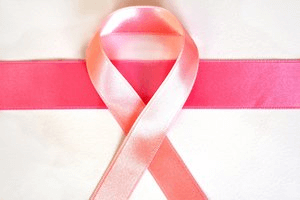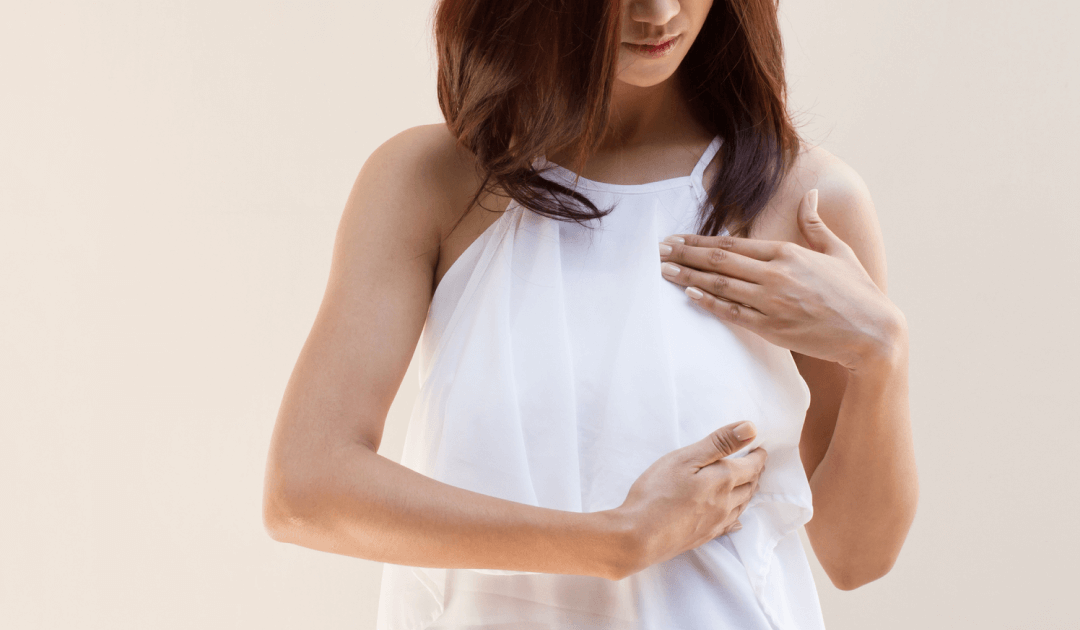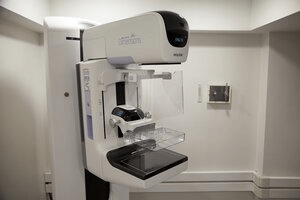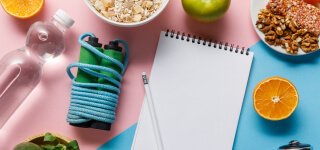Know your risk factors and how to prevent breast cancer. Breast cancer can be prevented by knowing your risk factors, performing self breast exams and getting annual mammograms. I’m going to go through each one.
Selfies: (a.k.a. self breast exams)
 Self breast exams to be exact. Ideally these should be done monthly, mid-cycle. If your periods are irregular then perform your selfie at the same time each month. If you are pregnant, nursing and/or have implants you should also perform these monthly.
Self breast exams to be exact. Ideally these should be done monthly, mid-cycle. If your periods are irregular then perform your selfie at the same time each month. If you are pregnant, nursing and/or have implants you should also perform these monthly.
To learn “How To Perform A Self Breast Exam“ please see below.
Mammogram:
This should begin at age 50 and continue every 1-2 years until age 69. If you’re younger then 50 and older then 70 then talk to your doctor about starting or continuing with mammograms. If you have a high risk of breast cancer then your doctor may have you start earlier and continue later with mammograms.
Contact your doctor if you notice:
- a lump or swelling of breast tissue
- skin irritation or dimpling, redness
- pain or discharge from the nipple.
While these breast changes can occur in the absence of breast cancer, it is recommended that you see you physician for evaluation.
Risk Factors for Breast Cancer:
- late-age first pregnancy (older than 30 years old)
- exposure to high dose radiation
- long term use of oral contraceptives under the age of 35
- long term estrogen replacement therapy (with progestin)
- obesity (BMI greater than 30.7)
- high fat diet
- sedentary lifestyle
- alcohol consumption (greater than 2.5 drinks per day)
- low intake of selenium, Vitamin C, Vitamin E and beta-carotene.
 How to do a breast self exam:
How to do a breast self exam:
- Lie down with a pillow under your right shoulder and place your right arm behind your head.
- Using the pads (not tips) of your three middle fingers on your left hand, press firmly over the breast tissue to feel for lumps in the right breast.
- Move around the entire breast in an up/down, circular or wedge pattern. A firm ridge of tissue located in the lower curve of each breast is normal. Check the tissue all the way into the armpit. Check for lumps, knots or thickenings.
- Move the pillow under the left shoulder and repeat the procedure using the right hand.
- Be sure to examine the breasts in the same way each time. Remember how the breast feels from month to month. Think of each breast as a clock face and if you note any tissue irregularities remember what “time” on the clock face you felt the irregularity and how deeply. Write it down if you need to.
- Repeat the examination of both breasts while standing, again with one arm behind your head. This position makes it easier to examine the upper and outer aspects of the breast (toward the armpit). This area is where half of breast cancers are found. This portion of the exam can also be performed in the shower after the skin is wet and soapy, as some breast changes can be more easily felt this way.
- As one more check, look at your breasts while standing in front of a mirror, looking for dimpling of the skin, or redness, swelling or other changes in the nipple. See your physician for evaluation if any changes are identified.
Dr. McMurry was one of a few Naturopathic Doctors to complete a prestigious Integrative Oncology Residency at Indiana University Health. She collaborates with her patients with natural solutions before, during and after cancer treatment. If you’d like to learn more about your individual health treatments please schedule a telemedicine (virtual video) appointment with Dr. McMurry at https://ndcancertx.com/booknow.



